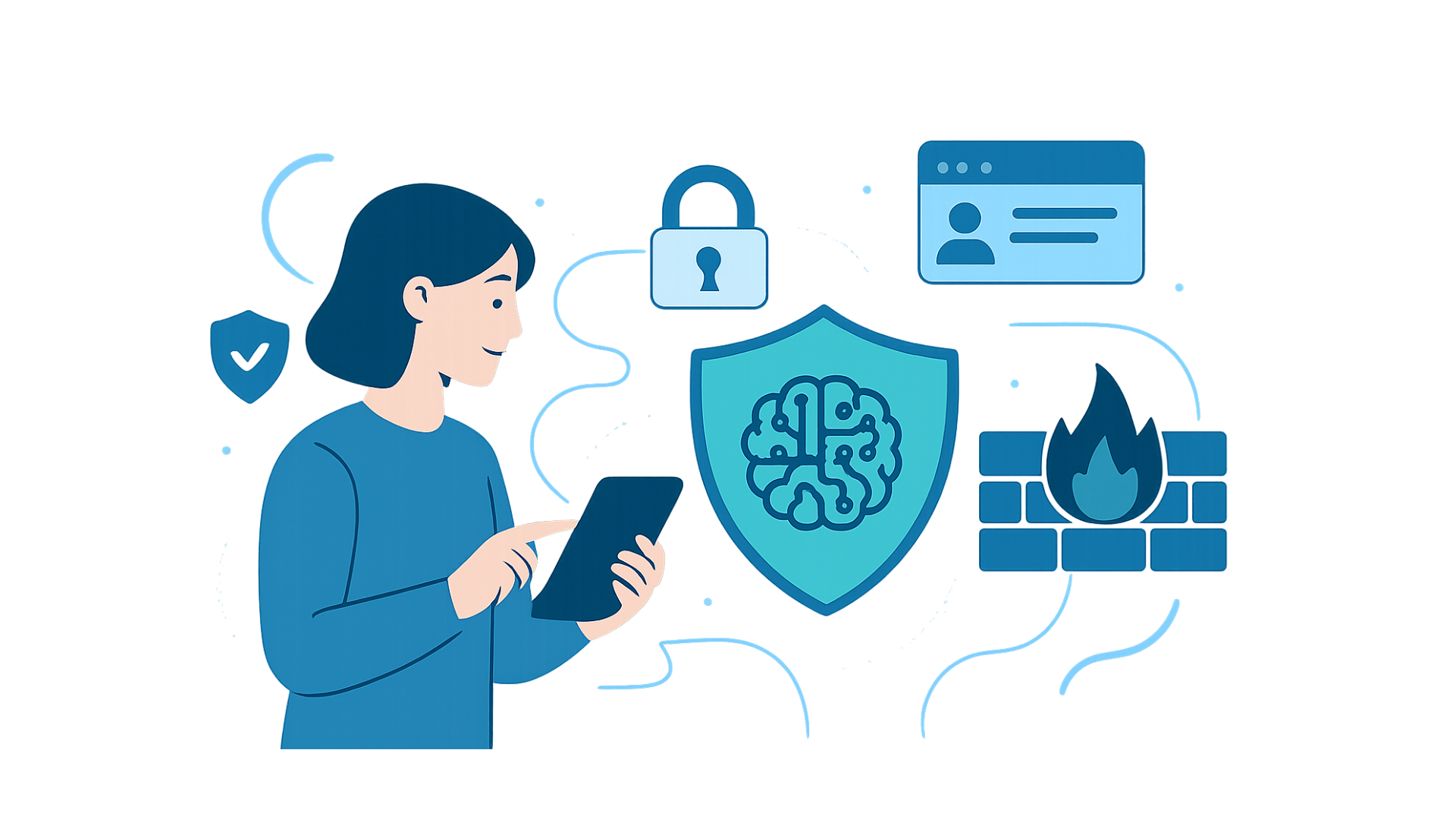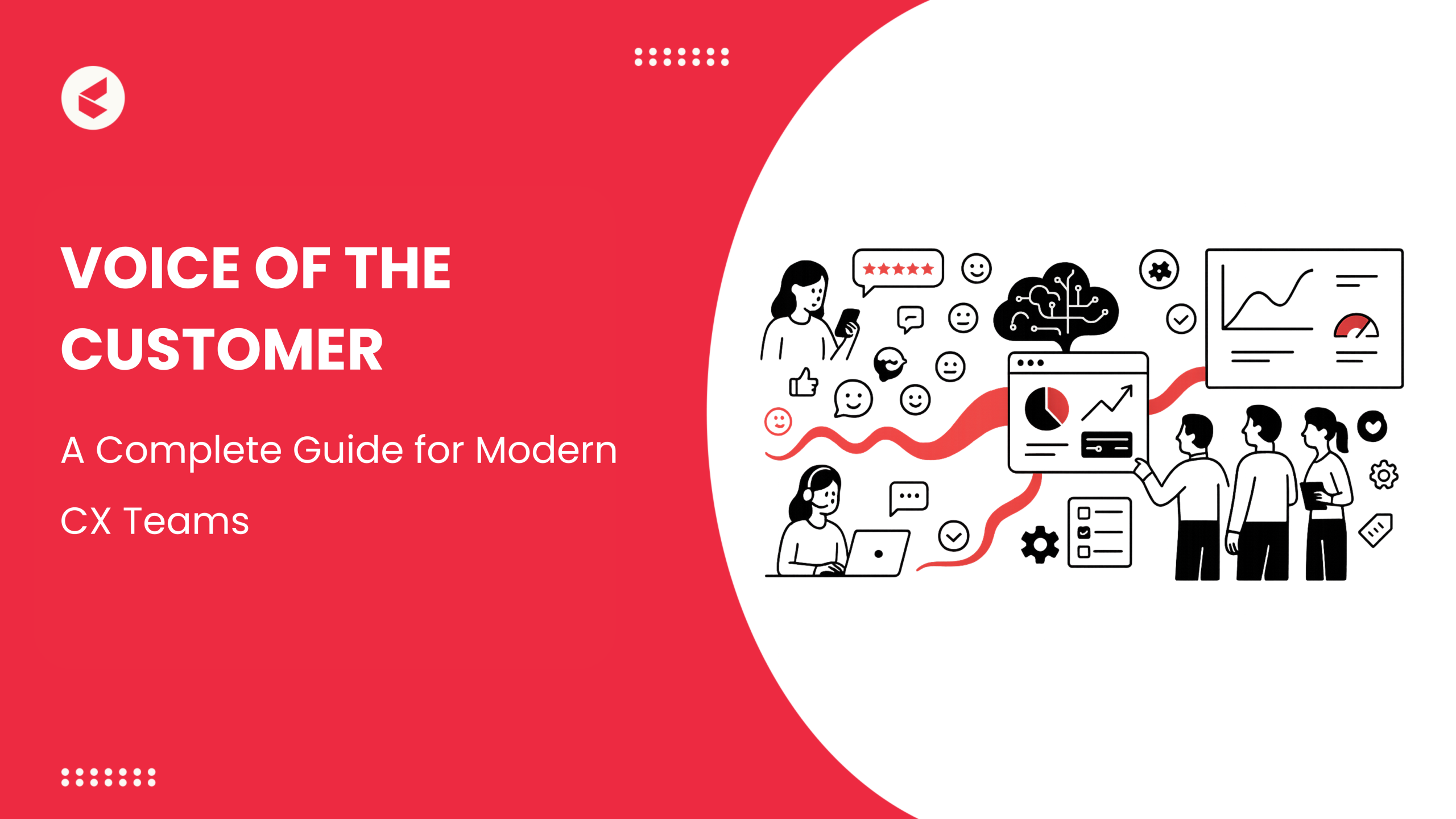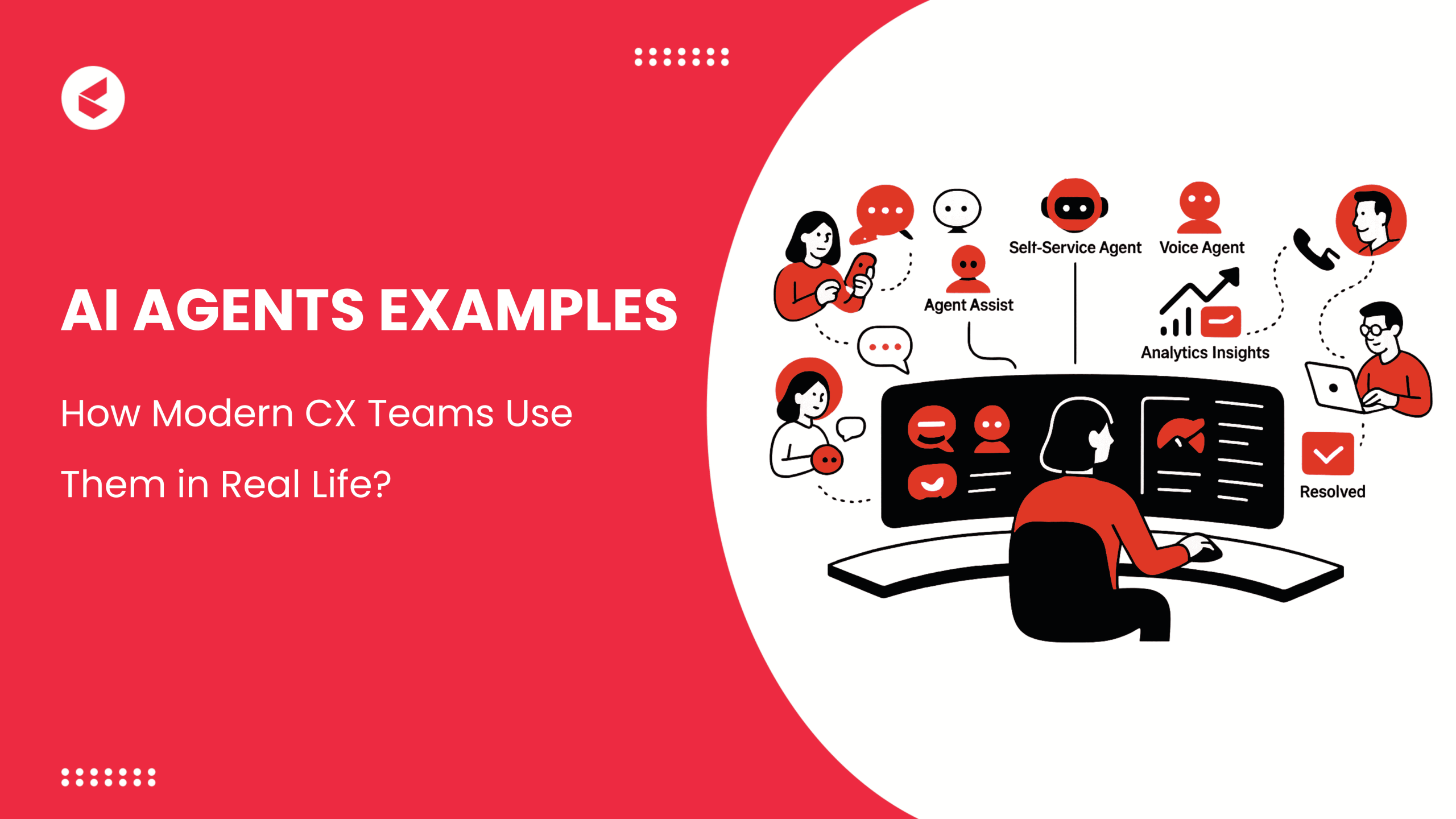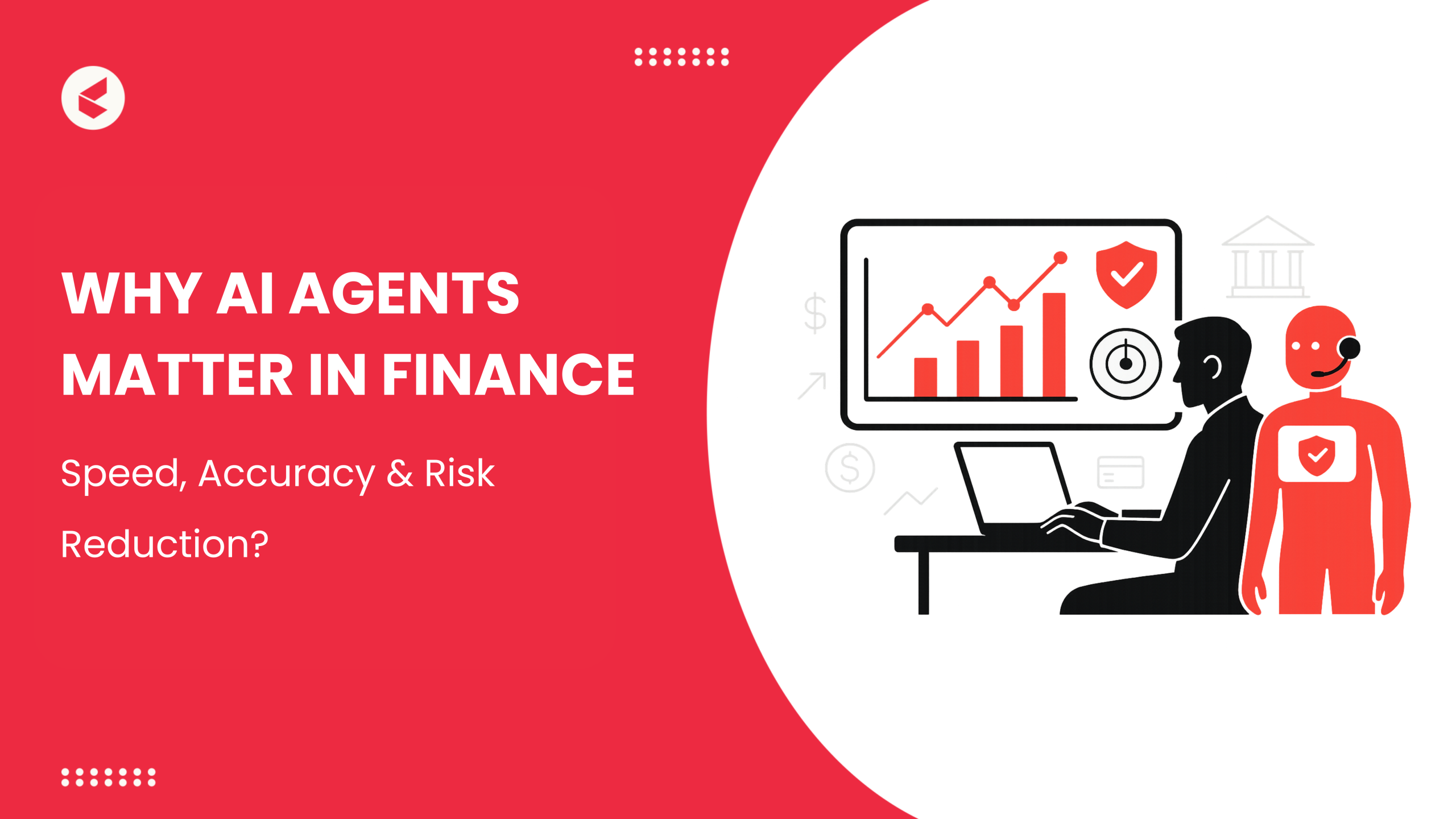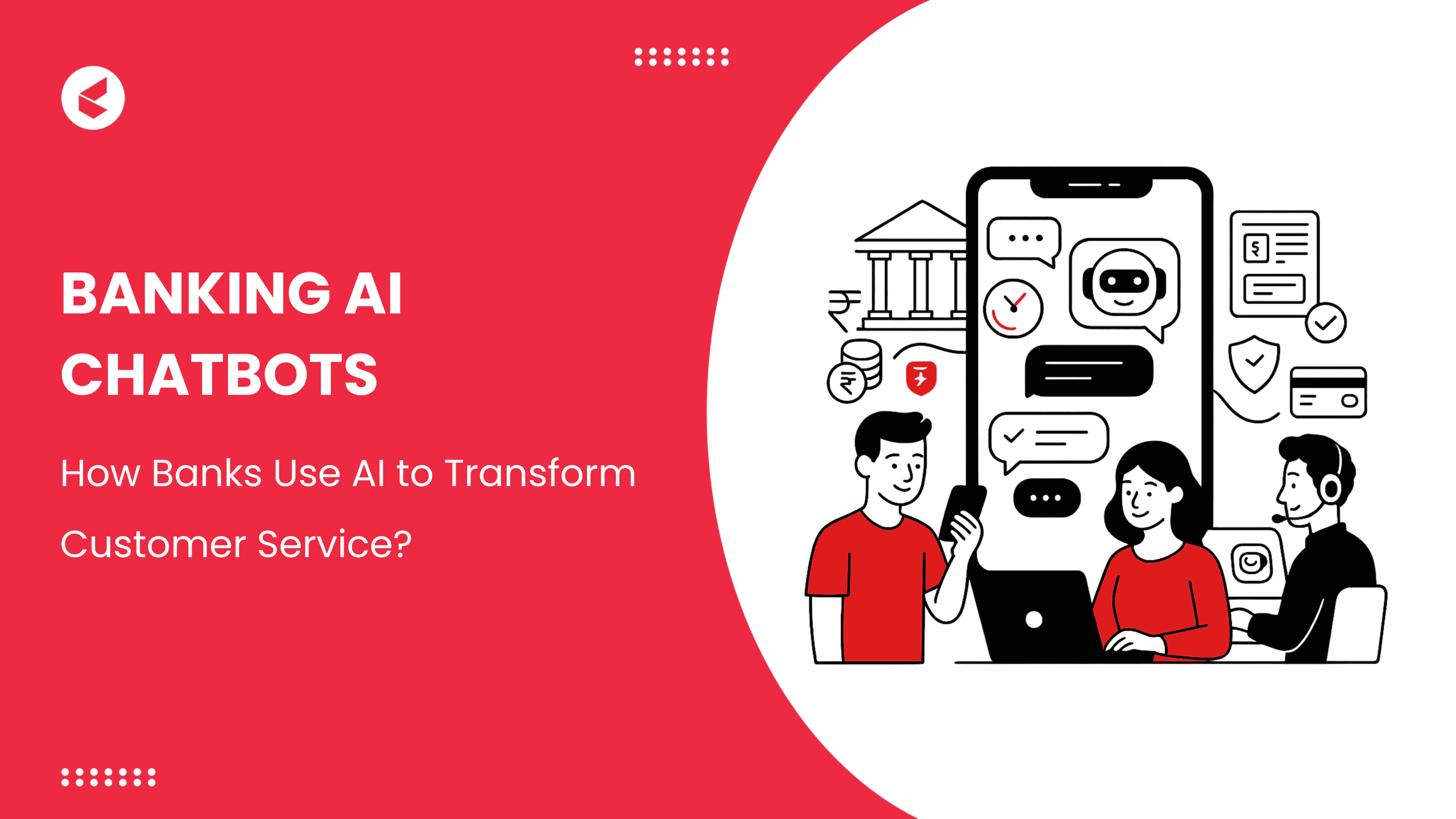Not long ago, customer experience (CX) security began and ended with firewalls and access controls. They were the trusted gatekeepers. Today, however, CX has become increasingly AI-driven, which adds speed and personalization but also new layers of complexity. Static defenses are no longer enough.
Every service call involves sensitive data moving across channels, and when that data isn’t fully protected, the risks multiply. That’s not just IT’s problem, many of these breaches began in CX touchpoints, making security a frontline business issue.
According to Statista, in the third quarter of 2024, more than 423 million data records were exposed, many of them through customer-facing touchpoints like support systems and digital interactions.
For CX teams, that means a single breach can undo years of relationship-building with customers. What’s needed is a complete rethink of CX security, one that blends compliance and adaptive safeguards designed for an AI-first world.
Expanding Risks of AI in Modern CX
The rise of AI in CX has unlocked new possibilities, smarter chatbots, and faster resolutions. It is no longer limited to calls and emails. Customers now connect through live chat, WhatsApp, AI agents, and social media platforms.
These channels have widened the door for security threats. Some of the most pressing risks in modern CX include:
- Prompt Injection – Malicious inputs designed to manipulate AI agents into producing harmful or misleading responses, revealing sensitive customer data, and granting unauthorized access.
- Unauthenticated User Actions – Gaps in verification that allow unauthorized users to change account details, reset passwords, or trigger actions on another customer’s behalf. For example, password resets without OTP.
- Third-party Integrations – CX platforms now connect with payment gateways, CRM systems, external apps, etc. Each integration can introduce vulnerabilities, and a weak link in one partner system can compromise customer data across the entire ecosystem.
- Exposure of Personally Identifiable Information (PII) – AI-generated or “hallucinated” responses can accidentally surface private data, like a customer’s address or credit card number, and lead to compliance concerns.
- Untracked Escalations and Handovers – Customer queries can move across agents or systems without proper documentation due to the lack of monitoring. This can create both security and accountability risks.
Modern CX systems are becoming more and more interconnected. Therefore, these risks are becoming hard to spot and even harder to control with traditional tools alone. It’s forcing enterprises to rethink CX security as a frontline concern, especially when understanding the dynamics of AI Agents VS AI Workflow.
Governance and Compliance Controls
Compliance acts as a legal protection for organizations. In the long run, it is what gives customers the confidence to disclose their information and continue trusting digital channels.
In an AI-powered CX environment, data flows are complex, and AI models can generate or process sensitive information.
When customer data travels across several complex CX touchpoints, governance and compliance become non-negotiable. Therefore, firms must make sure that every engagement follows tight regulatory standards.
Compliance Standards in CX
Different industries follow distinct regulatory frameworks that define how sensitive data must be handled. Here are some of the most critical ones that shape CX security today:
| Industry | Compliance Standards | Description | AI-Driven Compliance Considerations |
| BFSI | PCI-DSS, RBI guidelines | Secure payment data handling, customer authentication, and financial record integrity. | AI agents handling financial data must employ tokenization and isolated environments to avoid unintentional exposure. |
| Healthcare | HIPAA | Protection of patient health information and secure communication between providers and patients. | AI assistants handling PHI must support de-identification, maintain audit trails of AI interactions, and ensure models aren’t trained on raw patient data. |
| Global Enterprises | GDPR, ISO 27001 | Data privacy rights and information security management frameworks. | AI systems must uphold data minimization and purpose limitation, and enable rights such as data erasure, even after machine learning models have processed the information. |
Key Practices for Strong CX Governance
In addition to meeting these standards, enterprises need to design CX systems with governance baked into every layer. Here are some best practices for improved CX governance in the age of AI:
- Consent-first by Design – Always secure explicit permissions before processing or sharing user data to ensure ethical use of customer information.
- Stay Audit Ready – Ensure that every escalation is logged and easy to retrieve during audits for transparency.
- Pay Attention to Data Minimization – Restrict access so that AI agents and human agents see the data necessary for the task, reducing the risk of surfacing sensitive information incorrectly.
- Controls that Stay True to Policies – Such control rules govern workflows based on customer segments or risk tiers, to prevent bias or unapproved actions.
- Human Oversight Where It Matters – Keep human agents involved in edge cases where regulations may require human discretion, and to catch hallucinations or errors before they affect customers.
Key Security Parameters to Build In
Security in CX is all about embedding protective measures into every layer of the customer journey to counter the threats introduced by AI in CX. From user login to agent and AI data handling, and workflow tracking, everything must be secured.
Traditional best practices still matter, but need AI-specific safeguards to prevent risks like prompt injection, hallucinated PII exposure, and unauthorized AI-driven actions.
Given below are the parameters that form the foundation of a secure CX system.
1. Identity and Access
Strong identity controls are the first line of defense. Multi-factor authentication ensures that even if one credential is compromised, accounts remain protected.
Role-based access adds another layer of control. Agents and AI models should only see the information necessary to do their job. This limits exposure of sensitive data and minimizes risks.
Enterprises that enforce these measures consistently across all channels build a uniform security posture and reassure customers that their identities are safe.
AI behavioral biometrics and anomaly detection can enhance authentication by spotting unusual login or usage patterns in real time.
2. Prompt and Workflow Safety
AI-powered CX introduces new risks from malicious inputs. Input validation helps filter out manipulative prompts before they reach the system and expose sensitive information.
Safeguards against prompt injection ensure that AI agents cannot be tricked into giving away restricted information or carrying out unauthorized actions.
Controlled automations add another checkpoint. For example, an AI workflow might prepare a refund request but should never process it without confirmation from a human agent. These measures ascertain speed and efficiency without sacrificing oversight.
3. Data Handling and Observability
Mask PII not only from agents but also from AI models, preventing inadvertent learning or resurfacing of private data. Every action taken needs to leave a trace. Real-time logs help teams retrace steps quickly if something goes wrong.
On top of that, monitoring tools that flag unusual activity can alert support leaders before issues spiral into bigger problems.
Kapture: Secure, Compliant, and Human-Centric
At Kapture, we know enterprises can’t afford to compromise when it comes to security, compliance, and accountability. That’s why our AI platform is designed around three core pillars that make scaling AI both safe and seamless:
- Protect Sensitive Data
From customer information to internal records, Kapture safeguards data with multi-factor authentication (MFA), automated redaction, and enterprise-grade encryption. - Ensure Compliance Everywhere
Whether it’s GDPR, HIPAA, ISO, or SOC2, Kapture aligns with global compliance standards to ensure enterprises meet regulations across every market. - Keep Humans in Control
While AI drives efficiency, accountability remains in human hands. Escalation guardrails and comprehensive audit logs give teams full visibility and control over every interaction.
With these foundations, enterprises can confidently leverage AI to transform experiences while staying secure, compliant, and in control.
Guardrails First, Scale Second
Speed and scale are meaningless if security is left behind. As AI takes on more of the customer journey, governance and compliance must be built into the design from day one. The real competitive edge is a faster CX that customers can trust.
With Kapture CX, scale automation with built-in oversight. Features such as role-based permissions, prompt safeguards, dynamic redaction, and token-level audit logs ensure that AI interactions are secure and compliant.
Our platform is built to keep security and compliance at the core, so your CX grows safely.
Book a personalized demo today to see how Kapture CX keeps your CX fast and secure.
FAQs
We can keep our CX secure by building in controls like access restrictions and audit trails from the start.
Yes, human agents step in during complex cases and compliance triggers where judgment is essential. Beyond that, they also provide training, supervision, and review of AI outputs. This human-in-the-loop approach is important for efficiency and accountability.
Industries like BFSI or healthcare operate under strict compliance frameworks. A single oversight can mean penalties. Their hesitation comes from needing assurance that AI systems won’t compromise regulatory standing.
Yes, configurable settings let CX platforms align with laws like GDPR or HIPAA, depending on the region of operation.
